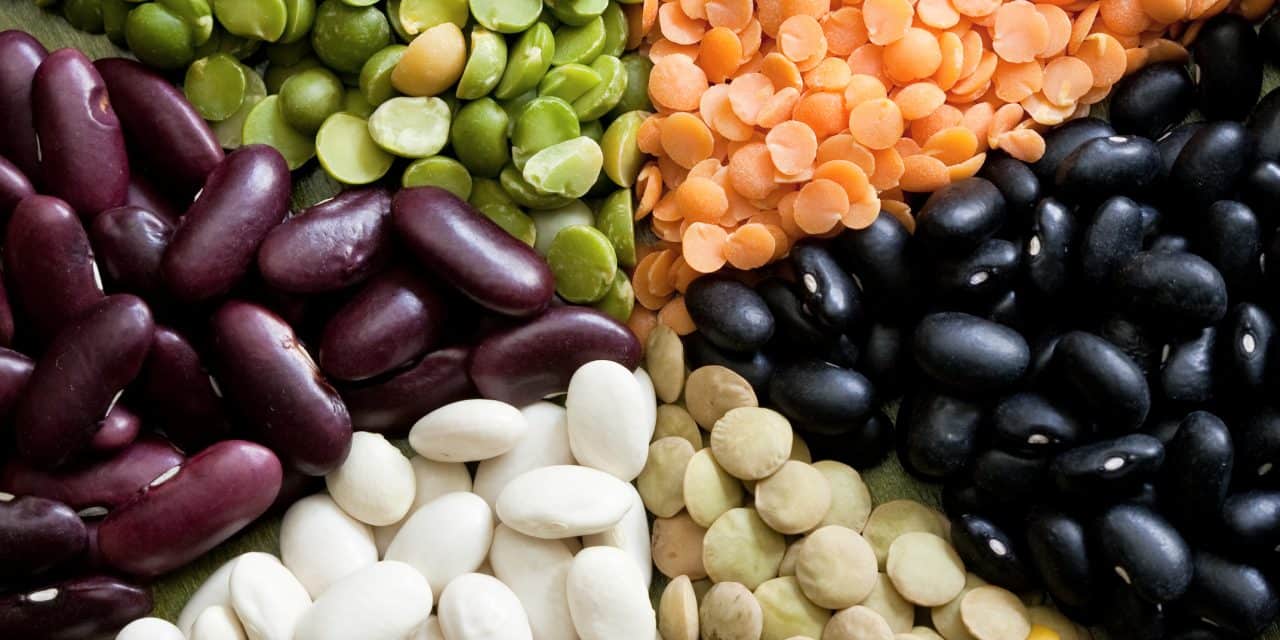Can a low GI diet help prevent diabetes?
Diabetes occurs when you can’t make enough insulin to control your glucose levels, but by following a low GI diet, you may be able to prevent this disease.
Many different factors can contribute to the decline and loss of insulin’s functions. One of these factors is the work that your pancreas has to do to keep things under control. And if you work your pancreas harder, just like the rev counter in the car, eventually it will burn out, or at the very least lose the ability to keep your glucose levels under control.
Often people say diabetes is a result of eating too many sweet things. It is certainly true that your body can rapidly absorb sweet foods and drinks that contain lots of refined sugars, leading to a greater load on the pancreas.
However, many other foods also have the potential to release their sugars very quickly. In fact the major sources of carbohydrate in the Western diet (highly-refined cereal, plain white bread and potato products) can have a GI even higher than honey or table sugar.
Reduce the demands on your pancreas
One way to reduce the demands on your pancreas to make insulin is to change the type of carbohydrate you eat.
The carbs some foods contain have greater and/or faster effects on your glucose control than others, meaning your pancreas must work harder to deal with them. This can be measured as their glycemic index or GI.
The GI ranks different foods on how quickly and how much they raise glucose levels after eating a fixed portion of food. The GI was originally developed to help people with diabetes improve their blood glucose control. However, there is also evidence that eating a low GI diet may also help prevent diabetes.
A low GI diet (<55) contains foods that deliver their sugar load more slowly, as the body takes longer to digest them, so the demands on the pancreas are not so steep. This is why these foods are sometimes called slow carbs.
By contrast, high GI (>70) foods release their sugars more quickly during digestion. This causes a rapid surge of glucose into the blood stream and a rapid surge in insulin in response to prevent control getting out of hand.
In some people, the pancreas simply can’t keep this up and as a result diabetes develops.
High GI foods may also have another problem. Some data suggests that high GI foods don’t make you feel as full, or if they do, it more quickly wears off and you’re left feeling hungry again sooner.
On the other hand, the slow delivery of sugars from a low GI diet keep you satisfied for longer (known as satiety), which means you are less likely to want to eat again soon. This also means you tend to eat (or snack) less, which helps keep your waistline under control, and this is the most important risk factor for developing diabetes.
In fact, eating predominantly low GI foods is the basis of many effective waist loss programs.
Many people wanting to prevent diabetes should adopt a low GI diet that aims to substitute high GI choices with low GI alternatives within food groups/categories. It is relatively easily to achieve – consider the below table, for example.
| Common high GI food | Lower GI alternative |
| Bread (white or whole meal) | Dense, whole-grain breads stone-ground flour or sourdough |
| Puffed and flaked breakfast cereals | Unrefined cereals (e.g. rolled oats or natural muesli) |
| Plain biscuits or crackers | Biscuits made with dried fruit, oats, and whole grains |
| Potato | Baby new potatoes, sweet potatoes, and corn |
| White rice | Basmati rice, pearled barley, quinoa, cracked wheat, pasta, noodles |
But no matter what the advertising says, on its own, the effects of a low GI diet are modest and variable at best. It is to use it in combination with other activities, including regular physical exercise and reduced calorie intake.
References and Further Reading
- Visek J, Lacigova S, Cechurova D, Rusavy Z. (2012) Comparison of a low-glycemic index vs standard diabetic diet. Available here: http://www.ncbi.nlm.nih.gov/pubmed/23235718
- Goff LM, Cowland DE, Hooper L, Frost GS. (2012) Low glycaemic index diets and blood lipids: A systematic review and meta-analysis of randomised controlled trials. Nutr Metab Cardiovasc Dis. Jul 25.
- Mediano MF, Sichieri R. (2012) Insulin resistance predicts the effectiveness of different glycemic index diets on weight loss in non-obese women. Obes Facts. 5(5):641-7.
Last Reviewed 13/Mar/2014
Editor
Latest posts by Editor (see all)
- Oily fish and diabetes prevention - 04/06/20
- Manage the andropause - 11/12/17
- Testing testosterone levels - 07/12/17






